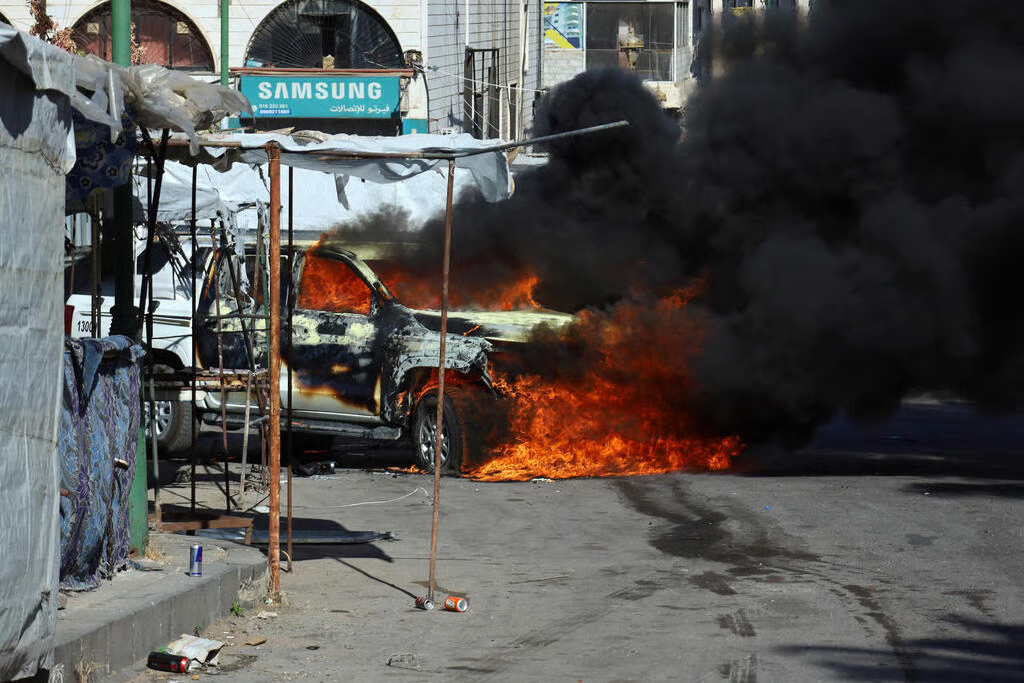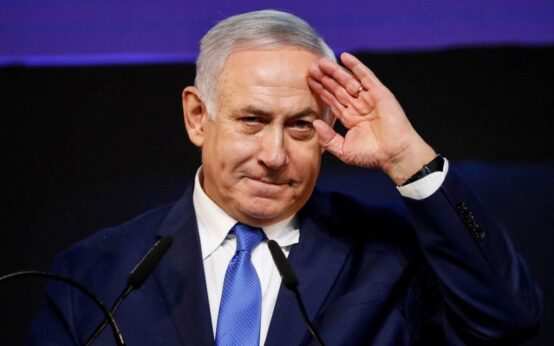Violence broke out in Sweida, southern Syria, on July 13, 2025. Druze militias clashed with Bedouin tribes. The conflict escalated quickly. Over 500 people have died, including civilians and fighters.
The Syrian Observatory for Human Rights (SOHR) reported 79 Druze fighters and 154 civilians killed.
Among civilians, 83 were executed by government forces. Additionally, 243 government personnel and 18 Bedouin fighters died. Three Bedouins were executed by Druze groups. The fighting displaced thousands and left homes looted and burned.
Israeli Airstrikes Target Syrian Forces
Israel launched airstrikes on Syrian government targets starting July 15. Strikes hit Sweida and Damascus, including the Syrian Defense Ministry. Israeli Prime Minister Benjamin Netanyahu said the attacks aimed to protect the Druze minority.

Israel accused Syrian forces of targeting Druze communities. The military struck tanks and weapons to prevent advances on Sweida. On July 16, Israel declared the area between Damascus and its border off-limits to Syrian troops. Syria condemned the strikes as “treacherous aggression.” At least 15 regime soldiers died in the bombardments.
Ceasefire Attempts Falter Syria’s Defense
Ministry announced a ceasefire on July 15. It claimed an agreement with Sweida’s local leaders. However, fighting continued as Druze militias rejected the terms. Influential Druze Sheikh Hikmat al-Hajri called for resistance against government forces. He accused them of violating the ceasefire with bombardments.
On July 17, Syrian forces withdrew from Sweida under a new ceasefire. President Ahmed al-Sharaa said the move avoided a broader war. It’s unclear if the ceasefire will hold.
Druze Minority’s Role and Fears
The Druze, a religious minority of about 700,000 in Syria, dominate Sweida. Their faith, an offshoot of Shia Islam, has unique beliefs. They distrust Syria’s new Islamist-led government under Ahmed al-Sharaa.
Past violence fuels their concerns, including a March 2025 massacre of Alawites and April clashes killing over 100. Druze leaders demand autonomy and resist government forces. Some, like Sheikh al-Hajri, sought Israeli support, while others oppose foreign intervention. The community fears forced integration into Sunni Islam.
Syrian Government’s Response Interim President Ahmed al-Sharaa vowed to protect the Druze on July 17. In a televised speech, he called them a “fundamental part” of Syria.
He accused Israel of sowing discord with airstrikes. Al-Sharaa promised investigations into atrocities and legal consequences for perpetrators. Syrian forces deployed to Sweida to restore order after initial clashes. The government claims it aims to unify the nation. However, minorities remain wary due to al-Sharaa’s jihadist past and ongoing sectarian violence.
Regional and International Reactions
Israel’s strikes drew mixed responses. Turkish President Tayyip Erdogan supported Syria, condemning Israel’s actions. The U.S. lifted sanctions on Syria to promote stability and minority protections. The Druze’s plight tests these commitments.
Druze in Israel, loyal to the state, protested at the Syrian border. Some crossed into Syria to support their community. The UN’s Tom Fletcher called for Israel’s accountability, citing Gaza’s humanitarian crisis. The violence threatens Syria’s fragile postwar transition and regional diplomacy.
The clashes and Israeli intervention highlight Syria’s deep sectarian divides. Sweida’s violence underscores the challenges facing al-Sharaa’s government.
The Druze demand security and autonomy. Israel’s actions, while framed as protective, risk escalating tensions. The ceasefire’s fragility leaves Sweida vulnerable to further bloodshed.

 How Recent Communal Violence in Syria is Affecting Germany
How Recent Communal Violence in Syria is Affecting Germany  Trump Praises Syrian Leader in Historic Meeting
Trump Praises Syrian Leader in Historic Meeting  Israel to attack southern Syria
Israel to attack southern Syria